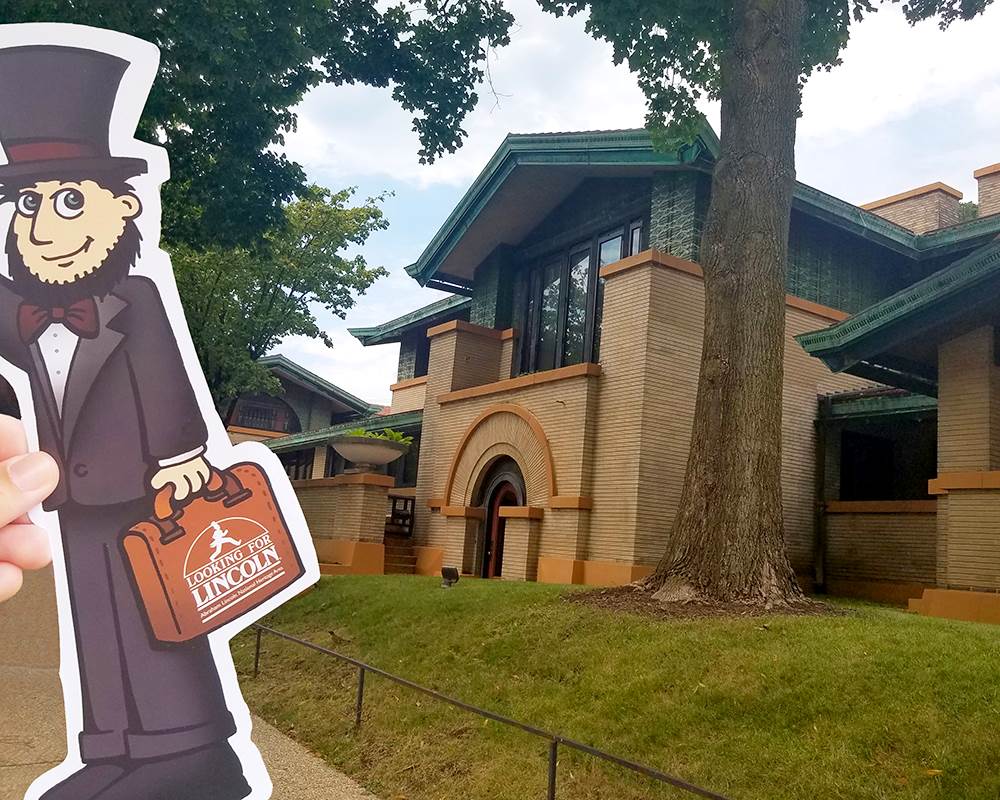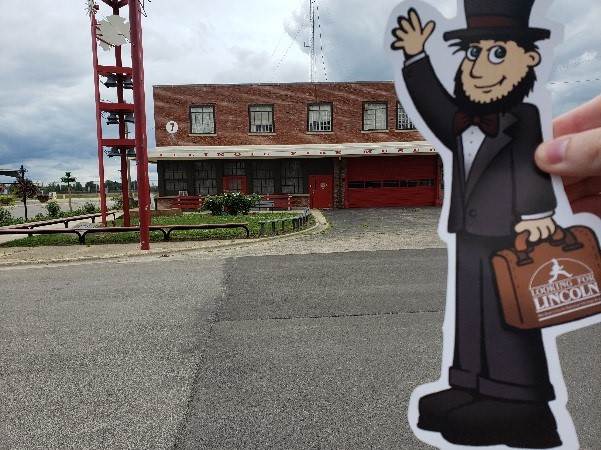By Gabriella Antonacci
Springfield history doesn’t begin and end with Abraham Lincoln. Springfield museums highlight the Route 66 history that runs right through town and the natural landscape of Illinois. Historic establishments acknowledge the achievements of immigrants who built up this town and reflect on the violent mistreatment that occurred against Springfield’s thriving African American community.
Flat Lincoln has been exploring local history, learning about the city’s unsung heroes and discovering the roots of Springfield.
Springfield and Central Illinois African American History Museum
The Springfield Central Illinois African American History Museum is located just half a mile away from Lincoln’s Tomb inside Oak Ridge Cemetery. AAHM collaborates with Springfield communities and historians to curate crucial exhibits that bring awareness to infrequently discussed histories, including the attacks perpetrated by white mobs against Springfield’s Black residents, homes and businesses in 1908. This educational experience provides a necessary space for learning and reflection. The museum welcomes all guests and is free of charge.

Illinois State Museum
The three floors of the Illinois State Museum hold exhibits showcasing Illinois cultural history and natural science. Their Play Museum allows children of all ages to interact with history and science by unearthing fossils in the archeological dig simulation and identifying minerals from imitation archives. Engaging exhibits enable guests to explore over 500 million years of Illinois landscape from the ground itself to the people who walked across it.
Route History Museum & Souvenir Shop
Flat Lincoln is excited to visit one of Springfield’s newest historic sites -- the Route History Museum! The museum highlights the “tragedy, resilience, and excellence” of Black people along Route 66 and within Springfield history. Visitors learn about the tenacity of individuals who sought to improve the lives of African Americans despite systemic oppression. This museum celebrates community efforts to support the preservation of Black history within Springfield by encouraging visitors to donate to the restoration of the Historic Lincoln Colored Home. The Route History Museum offers tours and is open at convenient evening hours.
Elijah Iles House
Next to the Route History Museum sits the house of one of Springfield’s founders, Elijah Iles. After operating Springfield’s first general store, Iles was elected state senator and lobbied with the Illinois General Assembly to designate Springfield as the state capital. During the Black Hawk War, Iles commanded Lincoln’s company as a captain for the Illinois Militia. Iles was an avid supporter of Lincoln when the future president moved to Springfield. And when Lincoln was killed, Iles served as pallbearer for the president’s funeral procession in Springfield.
The Elijah Iles House has been relocated twice, and conscientiously restored, since its original construction in 1837. The house offers tours and hosts exhibits centered on Springfield history.
Dana-Thomas House
Like so many visitors to Springfield, Flat Lincoln was eager to witness the architectural marvel that is the Dana-Thomas House. In 1902 Susan Lawrence Dana commissioned Frank Lloyd Wright to completely redesign her family’s Springfield home. Dana provided Wright with an open check book, allowing him to realize his Prairie Style vision for the home. The renovations cost Dana approximately $60,000 at the time, or nearly $1.8 million today. Unlike most Wright homes, the Dana-Thomas House still contains much of the furniture, art and light fixtures Wright designed for the site.
The Dana-Thomas house offers multiple daily tours.

Vachel Lindsay Home State Historic Site
This home is the site of both Lindsay’s birth and his death. Having grown up just across the street from the Illinois Governor’s Mansion, the poet was profoundly affected by the social politics of Illinois. Known as the “Prairie Troubadour,” Lindsay advocated for African Americans, Native Americans, and other persons of color through his poetry (although in terms that would be inappropriate today). The home features books of his poems, as well as original works of art and furniture. Visit their website to schedule a guided tour.
Illinois Fire Museum
Located in the Illinois State Fairgrounds, Old Firehouse Building #7 hosts the Illinois Fire Museum. This museum displays a large collection of artwork, memorabilia, and antique objects pertaining to the history of firefighting in Illinois. Their holdings include one of the largest collections of firefighter patches in the nation and a horse-drawn wagon with a hand-pump engine from 1857. The museum is open to the public by appointment.

Antonacci is a graduate student studying public history at the University of Illinois Springfield and an intern at the Abraham Lincoln Presidential Library and Museum.